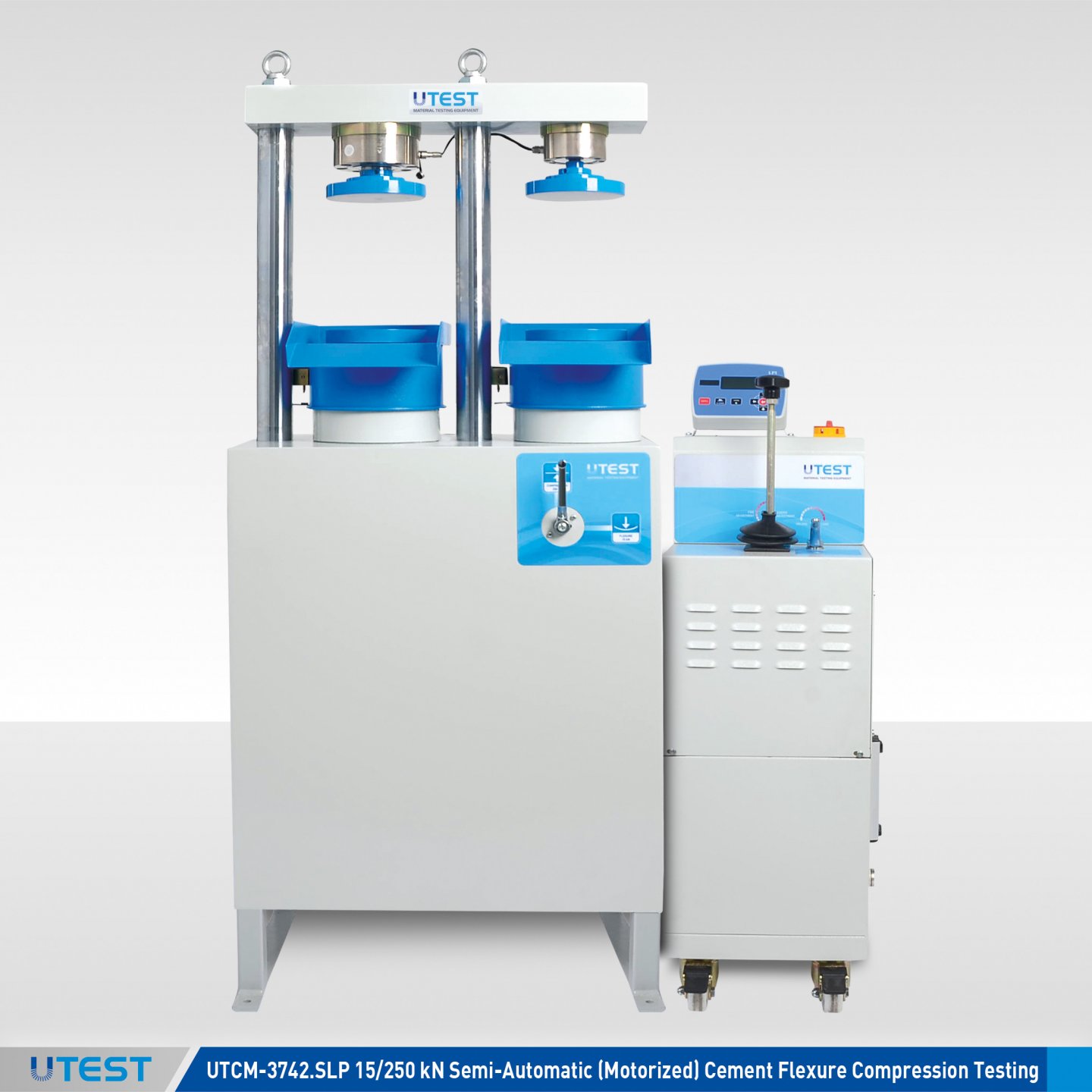

The left and right-hand sides must be adjusted separately (except for flexure table Type B, Item No. The span is adjusted manually on the flexure tables using screws or clamping levers. Only tables longer than this have loading restrictions.Īll three types of flexure tables can be used for 3-point flexure tests (installed below) and 4-point flexure tests (installed above and below). Up to a table length of approximately 600 mm, all tables in this range can be loaded with a maximum of 250 kN. These can be used for the highest forces.
FLEXTURE TESTING SERIES
The heavy series of flexure tables are Type C.The maximum forces that these tables in the medium series can used for are 10 kN to 250 kN, depending on the size of the table and the type of installation. Type B flexure tables can be used for medium forces.The light Type A flexure tables can be used for forces up to a maximum of 20 kN.If the specimen does not break by the time it reaches the Dynstat bending angle defined by the standard, the flexural stress at this point is measured.īased on their load capacity, the three different flexure table versions Type A, B, and C can be divided into three force levels: It is calculated using the bending moment and the resisting moment of the specimen. The test result is the maximum flexural stress measured during the test. Flexural deformation is produced by the test fixture's rotational movement. This means a specimen only 15 mm in length can be tested with this method. The spans at the start of the test are set to 12 mm and 2 mm. With this test fixture, the test can also now be performed on one testing machine. The Dynstat flexure test is designed as a four-point bending test. It is used for the characterization of material properties in components made of plastics. The Dynstat flexure tool can be used to determine characteristics of plastics under 4-point flexural loading to DIN 53435 – DB – G. If, for lack of space, only relatively small specimens can be taken from injection-molded parts, the two Dynstat test methods offer interesting optionsįor the comparative characterization of static and dynamic material properties in quality assurance and product development.

Specimens with a rectangular cross-section are generally preferred for use in flexure tests. In most cases the span is specified in the relevant test standard, however. To keep the shear stress percentage as low as possible during a test, the ratio of the span to the thickness of the specimen must be as high as possible. If the tensile or compressive yield point of the material is attained, plastic flow will occur.ĭuring the flexure test shear stresses also arise in the specimen. The stresses on both sides increase with the distance from the neutral axis, so that the highest values in both cases occur in the edge zones. Compressive stresses arise in the extreme fibers on the opposite side. When flexural loading is applied to a symmetrical cross-section, tensile stresses arise in the extreme (outer) fibers along one edge.

Flexure tests are accordingly used in determining the mechanical properties of steel, plastics, wood, paper, ceramics and other materials.Ĭharacteristic values are generally obtained via 3-point or 4-point flexure tests.


 0 kommentar(er)
0 kommentar(er)
